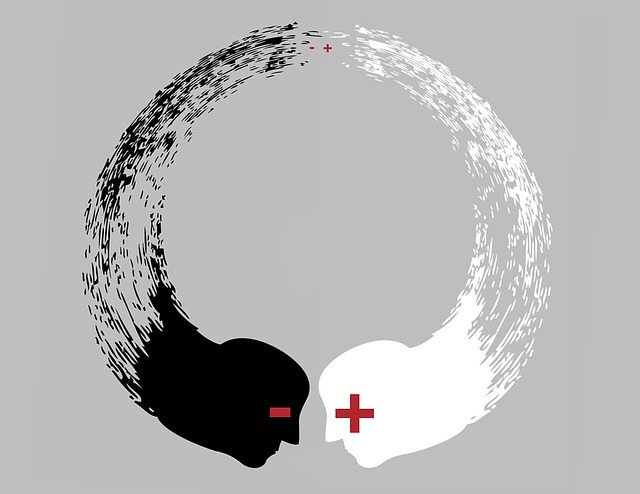Our mind is continuously scanning and judging our environment for our own good – to keep us safe. However, these judgments are often ill-informed, made on inadequate information and distorted by our assumptions and prejudices. It takes conscious effort to still our mind and become open to what is within and outside of ourselves. Mindfulness meditation and other mindful practices can enable us to open our minds and find the space to develop non-judgmental awareness, self-compassion and connectedness.
The busy, judgmental mind
Our minds engage in an endless process of commenting on our daily experiences – identifying what we like and dislike; complaining about everything from the weather to the quality of service (on the train or bus, or by the shop assistant); assessing others as thoughtless or inconsiderate or insensitive or tactless; worrying about future events; or replaying past words and actions while indulging in regret, shame or remorse.
We make “snap judgments” that colour our perception of things around us and other people. We might consider the woman who cuts in on us in traffic an aggressive person (attribution of a trait), typical of someone who drives a Mercedes (a prejudice or bias) and motivated by the belief that “time is money” (assumption). The reality may be that the woman is normally a careful, thoughtful driver who on this occasion is rushing a very sick daughter to hospital or is trying to rescue a teenage daughter who is stranded on a railway station by herself at night.
The effects of our judgmental mind
The problem with our snap judgments is that they are often wrong and provide a distorted view of reality. They can become habituated and automatic – resulting in our filtering reality so that we do not see what is really going on with people and events in our life. As recent as last week, I assumed that a young woman in my workshop had become intentionally disengaged (based on observation of some non-verbal behaviour). It turned out that she was suffering from a migraine headache.
A judgmental mind is a closed mind – not open to new perceptions or interpretations. When we are judgmental, we fail to listen to others, closing ourselves off from new learning and insights; we block the pursuit of alternative options in our decision-making processes; or blind ourselves to our contribution to a situation that we consider unsatisfactory. A very simple example of this latter effect is forgetting that “we are traffic too“.
Our harshest critic
Our own minds are our harshest critic – we berate our self for an oversight; castigate our self for doing or saying something that we judge as “stupid”; become frustrated or exasperated by our inability to overcome some inappropriate/undesirable behaviour that makes our personal interactions more difficult; or indulge in negativity, only to feel remorse or disgust with our self afterwards.
Our internal talk and incessant inner commentary on our words and actions can become our default mode network blocking out the opportunity to see things anew, develop more successful personal strategies and build supportive relationships. This state of mind can lead to depression and/or anxiety.
Mindfulness meditation to cultivate a non-judgmental mind
Dr. Mark Bertin, a developmental paediatrician, argues that meditation increases our awareness of our self and others, enables us to “face reality” and to cope with life’s challenges with a degree of equanimity. Mark is the author of Mindful Parenting for ADHD.. He provides a range of mindfulness resources for parents, children and adults generally.
An especially useful resource is the 15-minute, guided meditation that Mark provides which he calls Nonjudgmental Awareness Practice. This mindfulness meditation begins with a focus on “something you don’t like that much about yourself, or that you wish you didn’t have”. He stresses the need to identify something that is not too stressful but that causes some degree of discomfort in your life, for whatever reason.
This meditation is simple, clear and highly supportive. I would strongly recommend this meditation for anyone, but especially for those who do not like a lot of talking during a guided meditation. It is the kind of mindfulness meditation that is easy to develop into a regular habit for significant benefit to yourself. Other forms of mindfulness practice that can help to defuse the self-critic are self-compassion meditation or meditations focused on self-forgiveness.
As we grow in mindfulness meditations that explore our judgmental mind and inner critic, we can learn to separate our thoughts from what is real; develop openness to the world around us and others’ ideas, perspectives and experiences; and develop deeper relationships and connectedness with others. The effect of regular mindfulness practice is calmness and equanimity.
____________________________________________
Image by Mingusin from Pixabay
By Ron Passfield – Copyright (Creative Commons license, Attribution–Non Commercial–No Derivatives)
Disclosure: If you purchase a product through this site, I may earn a commission which will help to pay for the site, the associated Meetup group and the resources to support the blog.









